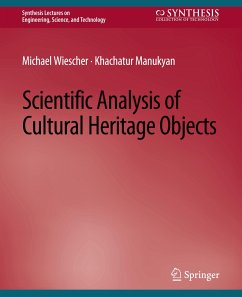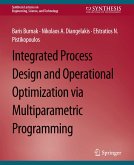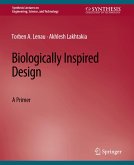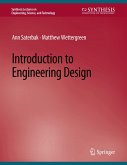The characterization of cultural heritage objects becomes increasingly important for conservation, restoration, dating, and authentication purposes. The use of scientific methods in archaeometry and conservation science has led to a significant broadening of the field. Scientific analysis of these objects is a challenging task due to their complex composition, artistic and historical values requiring the use of minimally invasive and nondestructive analytical procedures. This textbook summarizes scientific methods that are currently used to characterize objects of cultural heritage and archaeological artifacts.
This book provides a brief description of the structure of matter at the molecular, atomic, and nuclear levels. Furthermore, it discusses the chemical and physical nature of materials from the molecular to the atomic and nuclear level as determined by the principles of quantum mechanics. Important aspects of natural and anthropogenic radioactivity that play a criticalrole for some of the analytical techniques are also emphasized. The textbook also provides principals and applications of spectroscopic methods for characterization of cultural heritage objects. It describes the technologies with specific examples for utilization of spectroscopic techniques in the characterization of paintings, books, coins, ceramics, and other objects. Analytic approaches that employ isotopes and determination of isotope ratios will be reviewed. General principles of imaging techniques and specific examples for utilization of these methods will also be summarized. In the later part of the book, a number of scientific techniques for the age determination of cultural heritage material and archaeological artifacts will be presented and discussed with specific examples.
This book provides a brief description of the structure of matter at the molecular, atomic, and nuclear levels. Furthermore, it discusses the chemical and physical nature of materials from the molecular to the atomic and nuclear level as determined by the principles of quantum mechanics. Important aspects of natural and anthropogenic radioactivity that play a criticalrole for some of the analytical techniques are also emphasized. The textbook also provides principals and applications of spectroscopic methods for characterization of cultural heritage objects. It describes the technologies with specific examples for utilization of spectroscopic techniques in the characterization of paintings, books, coins, ceramics, and other objects. Analytic approaches that employ isotopes and determination of isotope ratios will be reviewed. General principles of imaging techniques and specific examples for utilization of these methods will also be summarized. In the later part of the book, a number of scientific techniques for the age determination of cultural heritage material and archaeological artifacts will be presented and discussed with specific examples.








